Table of Contents
Introduction to Saffron
If you're a spice lover, then you've probably heard of saffron. But what exactly is it? Saffron is a rare and luxurious spice that comes from the dried stigmas of the Crocus sativus flower. Known for its deep red color and unique flavor, saffron has been used for centuries in both cooking and traditional medicine.
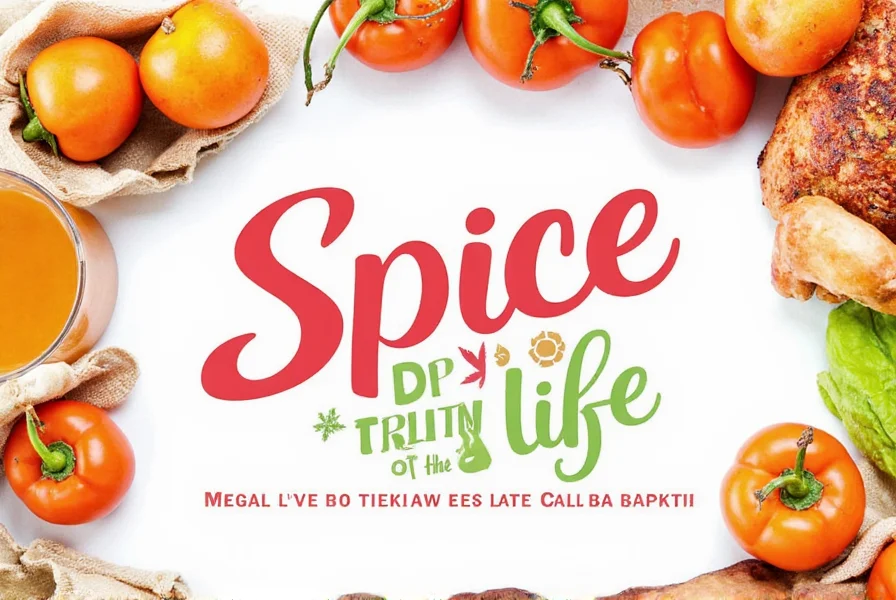
Saffron is often called the 'golden spice' because of its rich hue and high value. It's one of the most expensive spices in the world due to the labor-intensive process of harvesting it by hand. Each flower only produces three stigmas, which are carefully picked and dried. This makes saffron not only a treat for the palate but also a symbol of luxury and tradition.
Practical Tips for Using Saffron
Whether you're a seasoned chef or just starting out, using saffron can elevate your dishes to a whole new level. Here are some practical tips to help you make the most of this precious spice:
- Use it sparingly: Saffron is potent, so a little goes a long way. A pinch is usually enough to add a beautiful color and subtle flavor to your dish.
- Soak it before use: To release its full flavor and color, soak the saffron threads in warm water, broth, or milk for about 15–20 minutes before adding them to your recipe.
- Add it at the end: Saffron should be added towards the end of the cooking process to preserve its delicate aroma and color.
- Pair it wisely: Saffron pairs well with ingredients like rice, seafood, chicken, and even desserts. It adds a unique depth of flavor that can transform ordinary dishes into extraordinary ones.
- Store it properly: Keep saffron in an airtight container away from light and moisture to maintain its quality and potency over time.
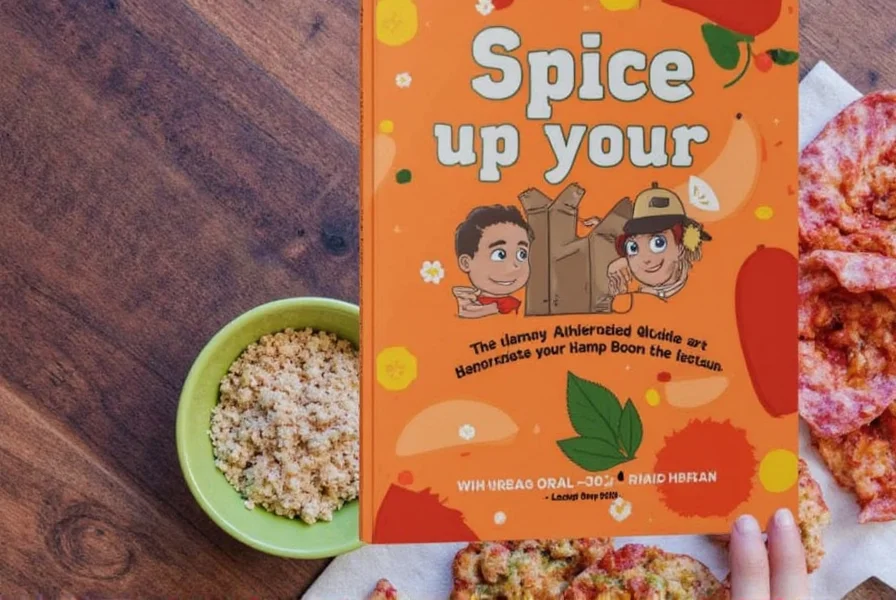
Cooking with Saffron: A Flavorful Journey
Saffron isn't just a spice—it's a culinary experience. Its distinct taste and vibrant color can bring a touch of elegance to any meal. Here are a few popular ways to incorporate saffron into your cooking:
- Saffron Rice: One of the most common uses of saffron is in rice dishes. From Spanish paella to Persian tahdig, saffron gives rice a golden hue and a subtle, floral flavor.
- Saffron Infused Broth: Adding a few saffron threads to your soup or broth can enhance its richness and give it a beautiful color. Try it in chicken soup or tomato-based soups.
- Saffron Desserts: Don't forget about sweets! Saffron is used in various desserts like saffron-infused ice cream, cakes, and cookies. It adds a unique, aromatic twist to classic recipes.
- Seafood Dishes: Saffron complements seafood beautifully. Try it in shrimp risotto, saffron fish stew, or even grilled salmon with a saffron glaze.
- Meat Dishes: Whether it's a chicken cacciatore or a lamb tagine, saffron can add a layer of complexity and depth to meat dishes.
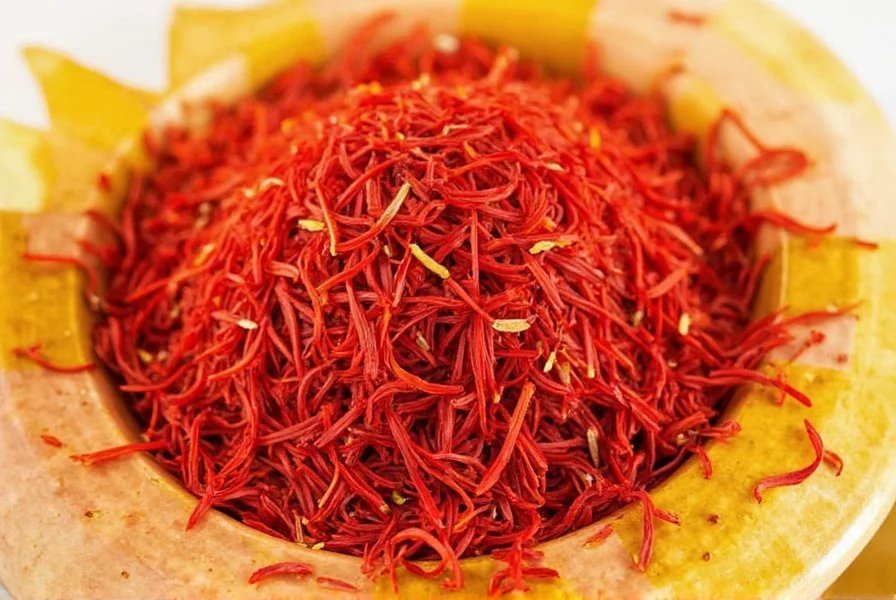
Comparison Table: Saffron vs. Other Spices
| Spice | Flavor Profile | Color | Usage |
|---|---|---|---|
| Saffron | Earthy, floral, slightly sweet | Golden Red | Cooking, infusions, desserts |
| Cumin | Earty, nutty, slightly bitter | Brown | Curries, stews, seasoning |
| Paprika | Mild, sweet, smoky | Red | Seasoning, sauces, meats |
| Cinnamon | Sweet, warm, woody | Brown | Desserts, beverages, baking |
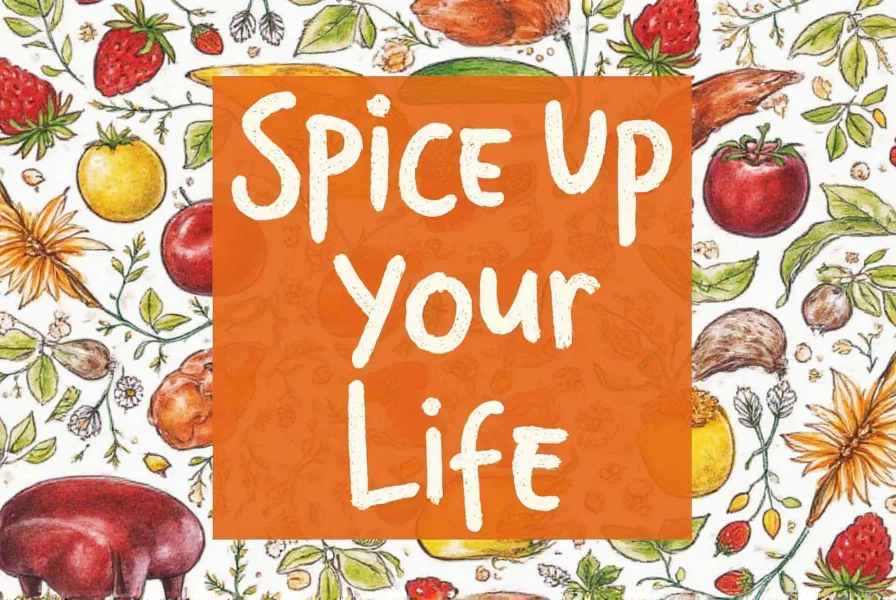
Buying Guide: How to Choose the Best Saffron
With so many options available on the market, it's important to know how to choose high-quality saffron. Here's a detailed buying guide to help you find the best saffron for your needs:
Features to Look For
- Color: High-quality saffron should have a deep red color with minimal yellow or brown spots.
- Aroma: Genuine saffron has a distinctive, earthy, and slightly sweet scent.
- Texture: The threads should be dry and brittle, not oily or damp.
- Origin: Saffron from Iran, Spain, or India is generally considered premium. Be cautious of counterfeit products.
Advantages of High-Quality Saffron
- Enhanced Flavor: Premium saffron offers a more intense and complex flavor profile.
- Better Color: High-quality saffron imparts a richer, more vibrant color to dishes.
- Longer Shelf Life: Properly stored saffron can last up to two years without losing its potency.
- Health Benefits: Saffron contains antioxidants and may offer various health benefits when consumed in moderation.
Use Cases and Target Audience
Saffron is ideal for those who appreciate fine cuisine and want to elevate their cooking. It's perfect for:
- Chefs and home cooks looking to add sophistication to their dishes.
- Food enthusiasts who enjoy experimenting with exotic flavors.
- Special occasions such as weddings, holidays, or gourmet dinners.
- People interested in traditional and cultural recipes from around the world.
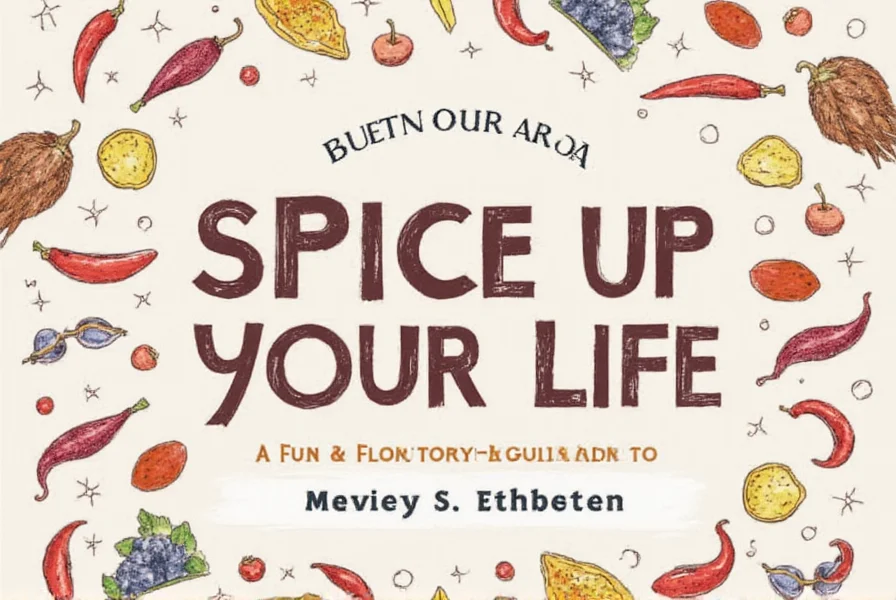
Recommended Products
Here are a few top-rated saffron products that you might consider purchasing:
- Iranian Saffron Threads (Grade A): Known for its rich color and strong aroma, this is a favorite among chefs and food lovers.
- Spanish Saffron (Azafrán): Often used in traditional Spanish dishes, it offers a milder, sweeter flavor profile.
- Indian Saffron (Kesar): A popular choice in Indian cuisine, especially for desserts and rice dishes.
Each of these products has its own unique qualities, making them suitable for different types of dishes and personal preferences. When choosing saffron, always look for authentic, high-quality sources to ensure the best results.

Frequently Asked Questions About Saffron
What is saffron and why is it so expensive?
Saffron is a spice derived from the dried stigmas of the Crocus sativus flower. It's one of the world's most expensive spices because each flower produces only three stigmas, which must be harvested by hand. It takes approximately 75,000 flowers to produce just one pound of saffron, making the harvesting process extremely labor-intensive. The delicate nature of the flowers, which bloom for only a few weeks each year, further contributes to its high cost.
How much saffron should I use in my recipes?
Saffron is incredibly potent, so you need very little. For most recipes serving 4-6 people, 15-20 threads (about 0.1 grams) is sufficient. A good rule of thumb is to use a pinch (about 20 threads) for rice dishes or soups. Remember that more isn't necessarily better - using too much can result in a bitter flavor. When in doubt, start with less; you can always add more, but you can't remove it once added.
How can I tell if saffron is genuine and high quality?
Genuine, high-quality saffron should have vibrant red threads with minimal yellow or orange coloration at the base. The threads should be dry and brittle, not moist or flexible. When placed in warm water, real saffron will gradually release a golden-yellow color (not immediately turning the water red). It should have a distinctive, pleasant aroma that's floral and slightly earthy. Be wary of products that are suspiciously cheap, as this is often a sign of counterfeit saffron (which may be dyed corn silk or other materials).
What are the health benefits of saffron?
Saffron contains potent antioxidants like crocin and safranal, which may provide several health benefits. Studies suggest it may help improve mood and alleviate symptoms of mild to moderate depression. It also has anti-inflammatory properties and may support heart health. Some research indicates saffron might enhance memory and protect against neurodegenerative diseases. However, it's important to consume it in moderation as extremely high doses can be toxic. As with any supplement, consult your healthcare provider before using saffron for medicinal purposes.
How should I store saffron to maintain its quality?
To preserve saffron's flavor, color, and aroma, store it in an airtight container away from light, heat, and moisture. A dark glass or metal container kept in a cool, dark cupboard is ideal. Properly stored, high-quality saffron can retain its potency for up to two years. Avoid storing it in the refrigerator as moisture can degrade its quality. For longer storage, you can keep it in the freezer in a vacuum-sealed container. Always check the aroma before use - if it has little to no scent, it's likely lost its potency.
Can I substitute saffron with other spices?
While no spice can perfectly replicate saffron's unique flavor and color, turmeric or safflower can provide a similar yellow hue in recipes where color is the primary concern. However, these substitutes won't deliver saffron's distinctive floral, honey-like flavor. For dishes where saffron is a key ingredient (like paella or risotto), substitutions will significantly alter the authentic taste. When possible, it's best to use genuine saffron, remembering that only a small amount is needed. Some specialty stores also sell "saffron substitutes" that combine turmeric with other ingredients to better mimic saffron's flavor profile.
Conclusion
Saffron is more than just a spice—it's a symbol of luxury, tradition, and flavor. Whether you're cooking a simple meal or preparing something special for a gathering, saffron can add that extra touch of elegance and depth. With the right tips, techniques, and knowledge, you can unlock the full potential of this remarkable spice.
Remember, a little saffron goes a long way, so use it wisely and enjoy the journey of discovering its unique characteristics. Whether you're a seasoned cook or just starting out, saffron is a must-have in any spice collection. So why wait? Start experimenting today and let saffron transform your cooking into something truly unforgettable.
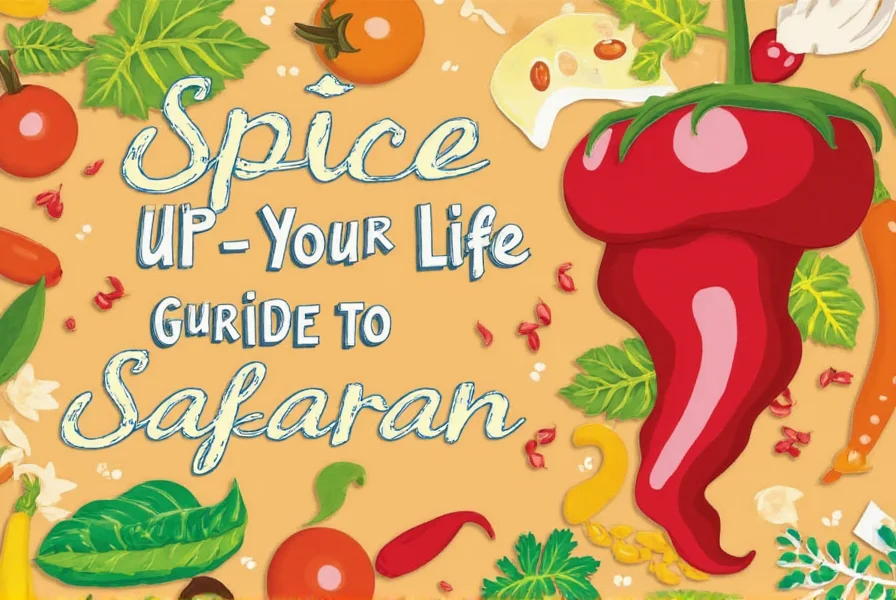

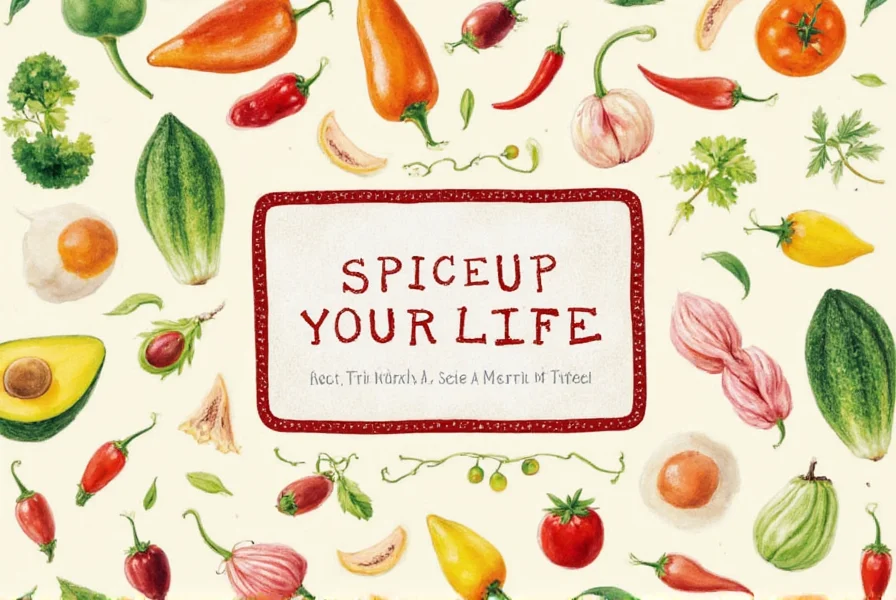









 浙公网安备
33010002000092号
浙公网安备
33010002000092号 浙B2-20120091-4
浙B2-20120091-4